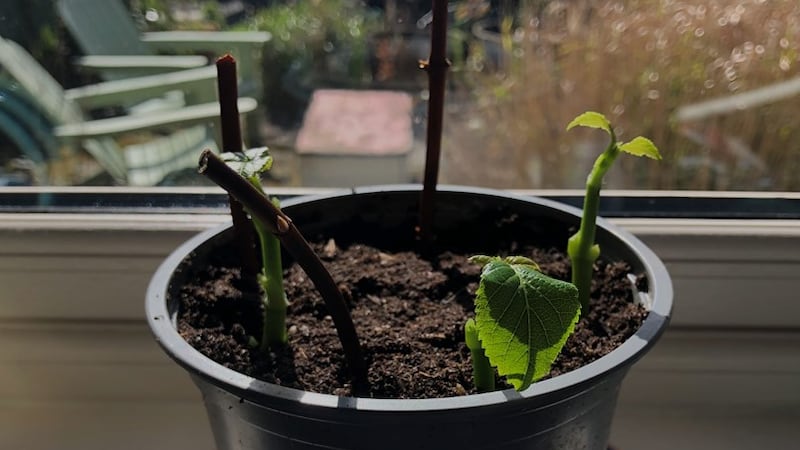NOW in his 13th year, wee Robbie, my West Highland White Terrier, to give him his proper breed title, grows old gracefully, more restful now between his regular walks and mischievous deeds.
Over the years he has taught me much about animal behaviour while his company on walks by the coast or along country roads has helped bring nature much closer. Most of all he has shared his wonderful ability to live in the here and now, a state which eludes most of us, despite help from the various mindfulness programmes and other related interventions.
The animal world has an innate capacity to concern itself only with the present, so as to live well for the future. Wee Robbie’s paternal great-grandfather, also named Robbie, from Ayrshire, shares his birthplace with lyricist and poet Robbie Burns whose birthday is celebrated today, January 25.
Known as Burns day, it ends with the special ‘Burns Nicht’ supper of haggis and a ‘wee dram’ of whisky, followed by poetry recitation, music and song.
Affectionately known as ‘Rabbie’ Burns, he is remembered worldwide as the national poet of Scotland. Famous for his Hogmanay, last day of the year song, Auld Lang Syne, and his Scots Wha Hae , a kind of unofficial national anthem, Burns was also a great lover of nature, a favourite theme for much of his poetry and compositions, earning him the title, the Bard of Nature.
Although much of his work was written in the Scots or Lowland Scots language, a lot of it was also written in standard English, making it more widely accessible.
Throughout his life, Burns was accompanied by nature in all its guises. From his early years at Burns Cottage, to farming days by the River Nith, living and working in rural Scotland provided him with great inspiration for including nature in his works. He regularly showed his deep concern about the environment and was most vociferous when he felt that nature was being interfered with by man.
In his 1785 poem, To a Mouse, he describes his thoughts after turning over the nest of a field mouse with his plough:
I'm truly sorry man's dominion, ?Has broken nature's social union, ?An' justifies that ill opinion, ?Which makes thee startle ?At me, thy poor, earth-born companion, ?An' fellow-mortal!
Then, in On Seeing a Wounded Hare (1788), Burns wrote of its hunting,
INHUMAN man! curse on thy barb'rous art,
And blasted be thy murder-aiming eye...
Go live, poor wand'rer of the wood and field!
In John Young’s book, Robert Burns: A Man For All Seasons – The Natural World Of Robert Burns (1996), statistics reveal the bard’s impressive knowledge about nature. Young states that his body of work, "includes 236 references to flowers (37 different species), 154 references to trees (26 species), 91 mammal and 366 bird references, 835 references to landscapes (rivers, mountains, woods) and 170 references to seasons".
Young goes on to write of Burns's interest in "debates about geology and evolution", and his mention of many insect and fish species.
Although only dipping into his large repertoire of work here, it is clear Burns believed strongly that the human and natural worlds should not be parallel or rival entities but long-term living partners.
So, on this Burns day I salute the two Robbies, one for his vast poetic works on the natural world and the other for keeping me close to it.
As we mover ever closer to February 1, regarded as the beginning of spring by our Celtic ancestors, let us, in the words of nature’s bard,
Stray our gladsome way,
And view the charms of Nature








